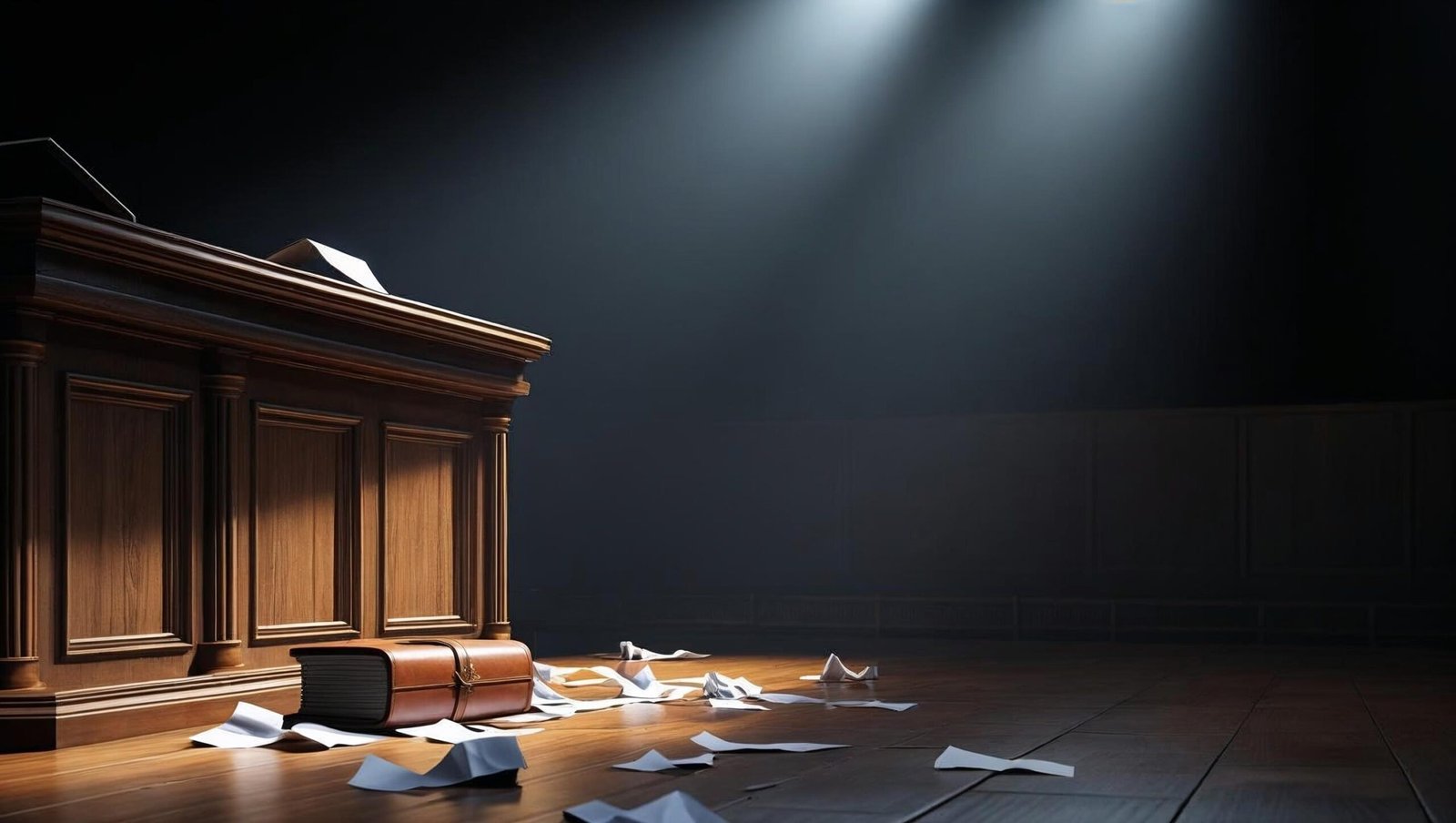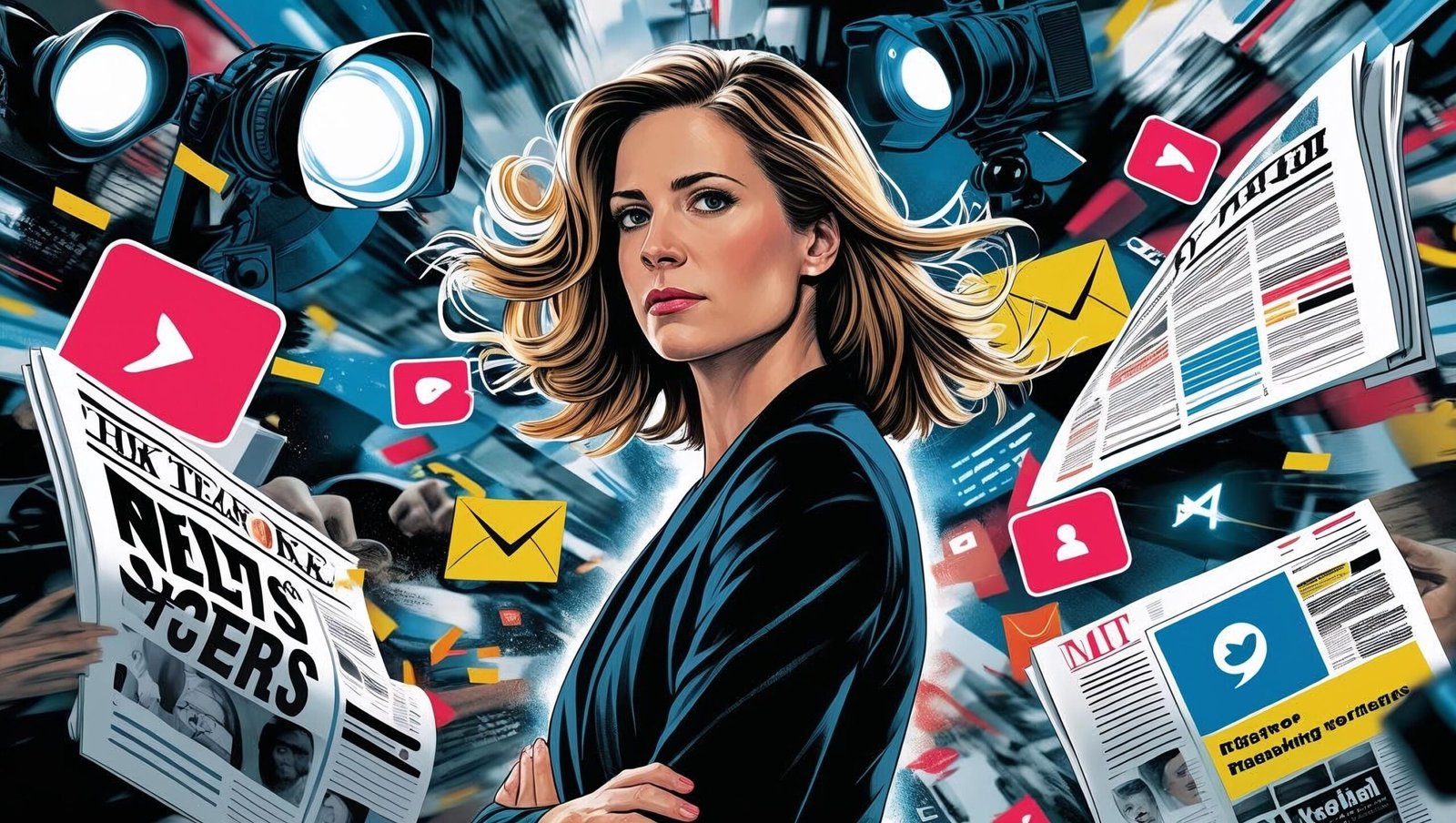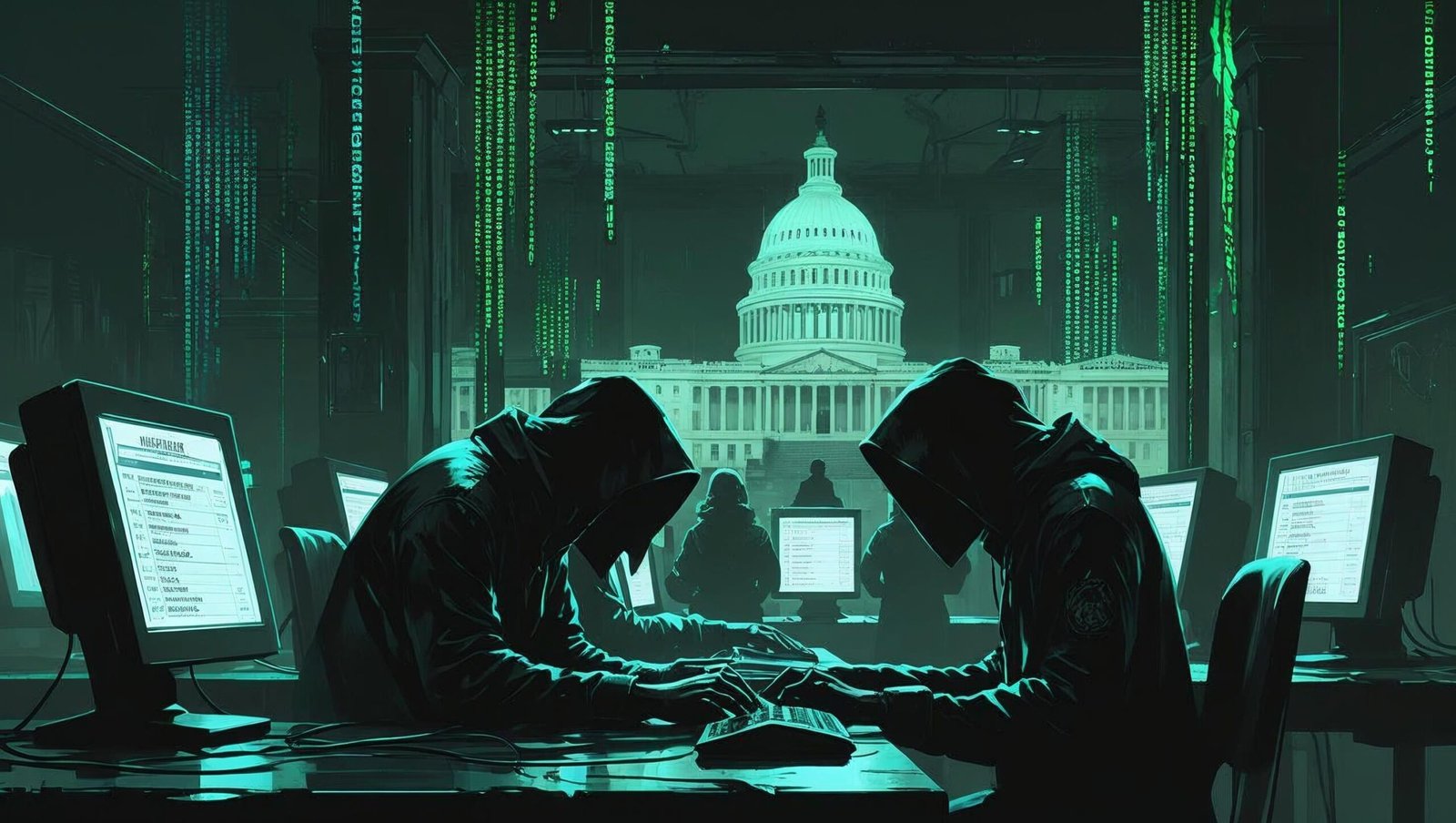Introduction: Understanding the StorM
What Happened by Hillary Clinton is a political memoir that stirs both admiration and criticism. It is not merely an account of the 2016 U.S. presidential election; it is Hillary Rodham Clinton’s cathartic attempt to analyze her unprecedented defeat, channeling emotion into insight, grief into reflection, and pain into perspective. The book isn’t subtle, and that’s precisely its power.
In this in-depth review, we explore the central themes, the emotional texture, the political dissections, and the deeply personal tone that make What Happened by Hillary Clinton one of the most compelling post-election memoirs in American history.

1. A Political Earthquake through a Personal Lens
The tone of What Happened by Hillary Clinton is deeply confessional. The author does not shy away from examining her flaws or expressing pain. She owns her decisions—from the infamous email server scandal to her campaign strategy. The memoir offers a window into Clinton’s emotional world, transforming a political defeat into a human story. This vulnerability is what transforms the book into a piece of contemporary political literature.
2. Misogyny in Modern Democracy
One of the central themes of What Happened by Hillary Clinton is gender bias. Clinton dives into the toxic undercurrents of sexism that plagued her campaign. Her critique of the double standards women in politics face is unflinching and poignant. She recounts the difficulties of being perceived as too ambitious, too robotic, or too emotional—all in the same breath. The narrative reveals the hidden misogyny embedded in American political culture.
3. Disinformation, Emails, and James Comey
Clinton argues that FBI Director James Comey’s public statement about her emails just days before the election significantly influenced the outcome. In What Happened by Hillary Clinton, she places considerable blame on the FBI’s conduct, Russian interference, and an increasingly clickbait-oriented media landscape. Clinton meticulously lists each media narrative that consumed her campaign, portraying the scope of the disinformation and timing that proved politically lethal.
4. Russia’s Role in the Defeat
What Happened by Hillary Clinton makes an emphatic case that Russian interference and Julian Assange’s WikiLeaks were not just unfortunate coincidences but strategic attacks. Clinton weaves intelligence data, public disclosures, and her personal experience to frame a chilling picture of cyber warfare. This section is both illuminating and unsettling, adding layers of national security discourse to her electoral analysis.
5. Bernie Sanders, the Primary Battle, and Party Fragmentation
Clinton criticizes Bernie Sanders for creating unrealistic expectations among Democratic voters. In What Happened by Hillary Clinton, she suggests that the intra-party conflict allowed damaging narratives to flourish—narratives that Trump later used to his advantage. While not hostile, her tone toward Sanders is firm and unapologetic. She believes the infighting diluted the Democratic voice at a crucial juncture.
6. The Glass Ceiling and Its Cost
Clinton’s book frequently returns to the metaphor of the “glass ceiling.” Despite having more qualifications than any presidential candidate in recent history, her gender appeared to be both an asset and an obstacle. What Happened by Hillary Clinton does not romanticize the feminist struggle; instead, it puts a spotlight on the societal reluctance to see women in positions of ultimate power.

7. The Burden of Likeability
Clinton repeatedly references her struggle to be “likable.” In What Happened by Hillary Clinton, she illustrates the tightrope women must walk in the public sphere. One cannot be too soft or too strong, too warm or too cold. She references studies, media soundbites, and personal interactions that all point to a cruel paradox: in order to win, she had to be perfect in a way that no male candidate had ever been expected to be.
8. Personal Costs and Public Service
The memoir also explores the toll the campaign took on her personal life. What Happened by Hillary Clinton moves beyond politics and reveals the physical and emotional exhaustion Clinton endured. She confesses to moments of self-doubt, anger, and depression. Yet, the book also reveals resilience. She writes of yoga, long walks in the woods, and the solace of her family. These personal interludes provide a much-needed human dimension to the political narrative.
9. A Call to Action for the Future
The final chapters of What Happened by Hillary Clinton are not mournful but hopeful. Clinton urges readers—especially women and minorities—not to be deterred. She offers actionable advice on civic engagement, digital literacy, and grassroots activism. For her, the struggle is not over. The defeat may have been historic, but it should serve as a call to reinvention, not retreat.
10. A Painful Collision Between Preparation and Perception
Few political figures in history have ever come as prepared for the presidency as Hillary Rodham Clinton. In What Happened by Hillary Clinton, she speaks candidly about her qualifications—Yale Law graduate, former First Lady, U.S. Senator, and Secretary of State. Despite such pedigree, public perception painted her as untrustworthy and out of touch. This mismatch between merit and narrative is at the heart of the memoir.
Clinton’s recounting of this dissonance is deeply personal. She details how every resume bullet point became ammunition in an anti-establishment climate. Her extensive experience, rather than reassuring voters, alienated them. What Happened by Hillary Clinton makes a poignant observation—when institutions are distrusted, institutional expertise becomes a liability, not an asset.
11. The Role of Media Echo Chambers
One of the most striking revelations in What Happened by Hillary Clinton is how modern media ecosystems, particularly social media, shaped voter perception. Clinton describes the rise of “alternative facts” and how misinformation, bots, and troll farms filled echo chambers with false narratives. Her campaign’s voice, though structured and policy-driven, was often drowned out by the sensationalism of meme warfare and incendiary headlines.
The book explores the failure of mainstream journalism to effectively combat false equivalencies. Clinton argues that while her flaws were amplified and dissected endlessly, Donald Trump’s controversial behavior was normalized under the guise of media balance. This contributed to a dangerous distortion of reality in the public imagination.
12. Intersectionality and Identity Politics
While What Happened by Hillary Clinton primarily centers around the election, it also dives into complex intersections of race, gender, and class. Clinton is acutely aware of her privilege, and she uses the memoir to reflect on how her identity as a white woman, though historically disadvantaged in politics, still allowed her access and visibility denied to women of color.
She praises Black women as the “backbone of the Democratic Party,” acknowledging their consistent support and resilience. In doing so, the memoir transcends mere electoral postmortem—it becomes an invitation to reconsider how inclusive political movements truly are. This self-awareness offers one of the book’s most authentic and progressive moments.

13. Grief, Healing, and Reclaiming Narrative
A lesser-discussed theme in What Happened by Hillary Clinton is that of grief—personal, national, and collective. Clinton doesn’t mask the pain she experienced following the loss. The memoir’s emotional honesty is both its vulnerability and strength. She shares private moments of despair—avoiding news, walking in the woods, retreating from political circles.
Yet, this grief eventually catalyzes reflection. Through writing, she begins to reclaim her narrative from critics, trolls, and pundits. The act of putting her experience into words is portrayed as a necessary step in healing. For readers who have faced public or personal failure, this journey offers profound catharsis.
14. A Feminist Manifesto in Disguise
Beneath its political analysis, What Happened by Hillary Clinton reads like an unspoken feminist manifesto. Clinton details the implicit and explicit sexism that pervaded her candidacy. From being criticized for her voice to being dismissed for her attire, every dimension of her public image was under relentless scrutiny. Yet, she endured it with poise, challenging the very framework that seeks to limit female ambition.
The memoir doesn’t just recount obstacles—it lays out the systemic mechanisms that perpetuate them. Clinton calls upon readers, particularly young women, to fight these invisible battles with courage. What Happened by Hillary Clinton becomes a weapon not just against political defeat, but against cultural stagnation.
15. Global Implications of the 2016 Loss
The ripple effects of the 2016 U.S. election extend far beyond American borders, and What Happened by Hillary Clinton explores this dimension with clarity. Clinton articulates how her loss emboldened autocrats, undermined democratic institutions globally, and signaled a retreat from American moral leadership.
Her insights into foreign policy and global diplomacy reveal how closely the world was watching. The disappointment felt by women, activists, and liberals across Europe, Asia, and Africa underscores how symbolic her candidacy was to millions. In this regard, the book transcends national politics—it becomes a global commentary on democratic backsliding.
16. Clinton’s Unyielding Faith in Democracy
Despite facing one of the most bitter political defeats in modern history, Clinton ends What Happened by Hillary Clinton not in despair, but with an unwavering belief in the democratic experiment. She acknowledges its fragility, its imperfections, and its susceptibility to corruption, but also its capacity for reinvention and reform.
Clinton’s appeal to young voters is especially powerful. She doesn’t just urge them to vote—she implores them to organize, educate, and hold power accountable. Her vision is not utopian but grounded in realistic optimism. The book thus becomes an ode to civic responsibility and participatory democracy.
17. Reception of the Book: Divisive but Indelible
Since its release, What Happened by Hillary Clinton has attracted polarizing reactions. Supporters laud it for its honesty and intellectual rigor; detractors see it as self-serving and deflective. Yet, what cannot be denied is its influence. The book ignited conversations not only about Clinton’s campaign but about the structural integrity of American democracy.
It has been studied in political science courses, cited in feminist discourse, and dissected by media outlets across the spectrum. Whether loved or loathed, it remains a cultural artifact—one that encapsulates the anxieties, hopes, and fractures of its time.
18. Lessons for Future Leaders
One of the enduring values of What Happened by Hillary Clinton lies in its lessons for the next generation of leaders. Clinton does not merely chronicle failure; she dissects it for instructive value. Readers are shown the importance of digital strategy, the peril of unchecked narratives, and the need for emotional intelligence in leadership.
Moreover, the book makes a compelling case for authenticity. Clinton admits that at times she was too scripted, too reserved, too guarded. Her honesty in admitting these flaws—within a book titled What Happened by Hillary Clinton—is instructive. Leaders must be strategic, but never at the cost of human connection.

19. Literary Merits and Structural Elegance
Beyond its content, What Happened by Hillary Clinton is a well-constructed literary work. The narrative oscillates between chronological order and thematic segmentation, allowing readers to explore events as interconnected phenomena rather than isolated facts. Clinton’s prose is articulate and reflective, marked by moments of eloquence and emotional resonance.
The memoir employs rhetorical devices—anaphora, metaphor, anecdote—with precision, enhancing readability without sacrificing substance. Her command over language reinforces the impression of a seasoned stateswoman who also happens to be a thoughtful writer.
20. Where the Book Falls Short
No review would be complete without acknowledging the book’s limitations. What Happened by Hillary Clinton occasionally lapses into defensive territory. Some chapters feel overly cautious, unwilling to fully examine internal campaign failures. Others may interpret Clinton’s critiques of Sanders or the media as externalizing blame.
Still, such criticisms often overlook the genre of the memoir—it is inherently subjective. While it might not answer every question or satisfy every critic, the memoir remains a brave act of documentation. Clinton offers her perspective, unfiltered and uncensored, in a way that few politicians ever dare.
Final Thoughts: Truth, Power, and Vulnerability
What Happened by Hillary Clinton is not just a memoir—it is a political reckoning, a feminist declaration, and a meditation on power. It captures the collision of narrative and reality, of preparation and perception, and of truth and propaganda.
By the final page, one doesn’t just understand what happened—one feels it. The pain, the resolve, the loneliness, the courage—it all bleeds into every chapter. And that is the true success of the book. It leaves you not only informed but transformed.
Literary Style and Tone
The writing style of What Happened by Hillary Clinton is polished, clear, and meticulously structured. Clinton balances analytical precision with emotional candor. The tone veers from intellectual to intimate, making the narrative accessible without oversimplifying complex political phenomena.
The focus keyword What Happened by Hillary Clinton recurs naturally throughout the text, reflecting her voice, not just the branding. It’s a rare example of a political memoir where the prose itself contributes as much to the message as the content.
Criticism of the Book
Despite its strengths, What Happened by Hillary Clinton has not been universally praised. Critics argue that Clinton doesn’t take full accountability for her defeat, instead deflecting blame. Some feel the memoir is too defensive or calculated. Others, however, view these criticisms as symptomatic of the very bias the book discusses.
What remains indisputable is that the memoir has sparked passionate debate and broadened the conversation around power, politics, and gender.
Impact on the Political Landscape
The publication of What Happened by Hillary Clinton was a significant political event in itself. It reignited discussions around voter suppression, electoral college reform, and media ethics. Clinton’s insights have shaped post-2016 Democratic strategy and continue to influence political discourse.

FAQs on What Happened by Hillary Clinton
Q1: Is the book only about the 2016 election?
What Happened by Hillary Clinton primarily focuses on the election but includes extensive personal and political commentary on gender, media, and American democracy.
Q2: Does Hillary Clinton admit her mistakes in the book?
Yes. She admits to strategic errors, communication failures, and misjudgments, but also highlights external factors like Russian interference and media bias.
Q3: Is the book suitable for readers not deeply into politics?
Absolutely. The narrative balances political detail with emotional storytelling, making it accessible for general readers.
Q4: What is the book’s most powerful message?
The core message of What Happened by Hillary Clinton is resilience. It’s about learning from failure, confronting systemic challenges, and staying engaged in the democratic process.
Q5: How does the book address women in leadership?
The book is a rallying cry for women in power. Clinton shares insights on overcoming bias, standing tall under scrutiny, and creating space for future female leaders.
Conclusion: A Memoir of Accountability, Emotion, and Power
What Happened by Hillary Clinton is more than a memoir—it is a historical document, a manifesto, and an elegy. It is raw, unsettling, introspective, and, at times, painfully honest. Clinton doesn’t just tell her story—she dissects it, contextualizes it, and offers it as a cautionary tale and a call to action.
Whether one admires or criticizes her, Hillary Rodham Clinton’s voice in What Happened by Hillary Clinton commands attention. The book delivers exactly what its title promises—an unflinching examination of events that shook the core of modern democracy.
In today’s polarized world, this memoir remains essential reading—not just to understand what happened—but why it matters.
For more thought-provoking book reviews and insights on politics, leadership, and personal growth, visit shubhanshuinsights.com